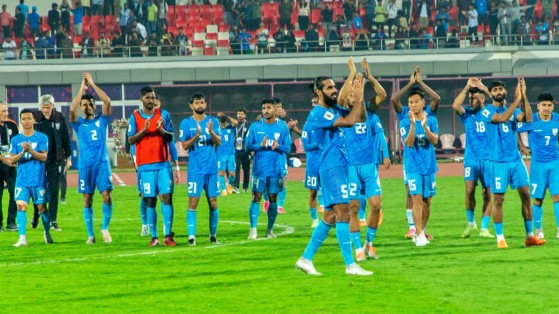The idea of India qualifying for the FIFA World Cup has long been a dream for football fans across the country. While the road has been rocky, recent developments in Indian football suggest that the dream might not be as far-fetched as it once seemed. With a growing football culture, investments in youth development, and improvements in the domestic league structure, India’s aspirations of making it to the world’s biggest football tournament are slowly becoming more realistic. However, the path ahead is still fraught with challenges that need to be addressed for India to qualify for the FIFA World Cup.
One of the first hurdles India must overcome is the competitive nature of the qualification process. The Asian qualifiers are extremely tough, with countries like Japan, South Korea, Iran, and Australia consistently performing at a high level. India’s current ranking and past performances indicate that qualifying through the traditional routes will be challenging. The team has made strides in recent years, but it still falls short when compared to these powerhouses.
To bridge this gap, the Indian football system needs to focus on long-term growth. A key factor is grassroots development. By investing in training young players from an early age, India can nurture future footballing talents. Several football academies and youth programs are now focusing on technical skills, fitness, and tactical awareness, which are essential to competing at the highest level.
Another important factor is the improvement of the Indian Super League (ISL), which has become a significant platform for developing players and attracting foreign talent. With foreign players and coaches bringing international standards of play, the ISL has helped raise the level of Indian football. By continuously improving the league’s competitiveness and creating better pathways to the national team, India can begin to close the gap with the continent’s top teams.
Additionally, the Indian national team’s preparation for international competitions needs to be more focused and rigorous. Increasing the number of international friendlies and competing in tournaments like the AFC Asian Cup and World Cup qualifiers will expose the players to higher levels of competition. This exposure is crucial for players to adapt to the pressures of international football.
Despite these challenges, there are promising signs. India has produced some standout footballers in recent years, and the country’s increasing passion for the sport is undeniable. The rise of football infrastructure, domestic leagues, and international partnerships offers hope that India can rise to the occasion. Success in youth development programs and greater exposure to international football can potentially pave the way for a future where India qualifies for the FIFA World Cup.
In conclusion, while qualifying for the FIFA World Cup remains a formidable challenge for India, it is far from impossible. With a focus on youth development, improving domestic football leagues, and international exposure, India has the potential to make a significant impact on the world stage. The path ahead will require sustained efforts from all stakeholders, but the dream of seeing the Indian football team on the world’s biggest stage is becoming more achievable with every passing year.
